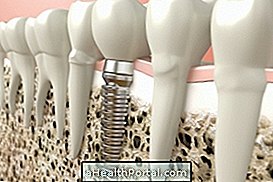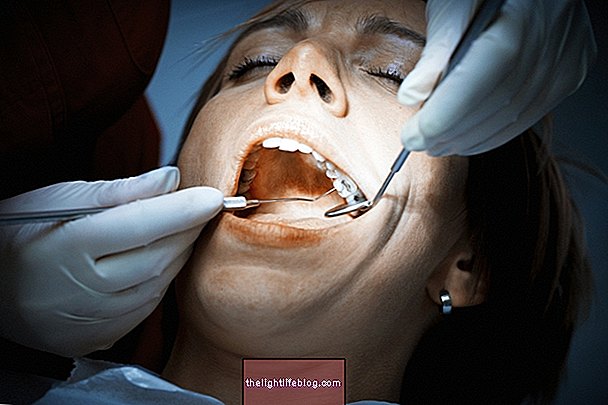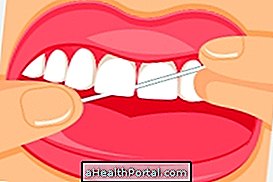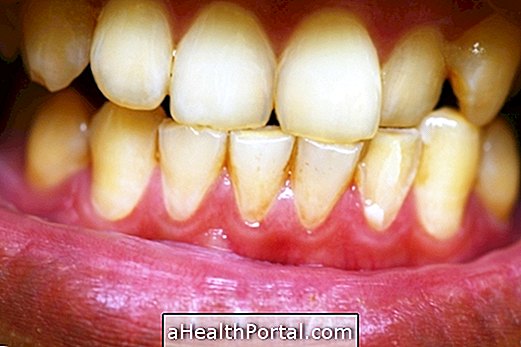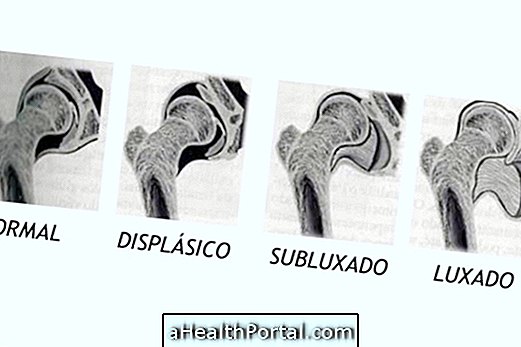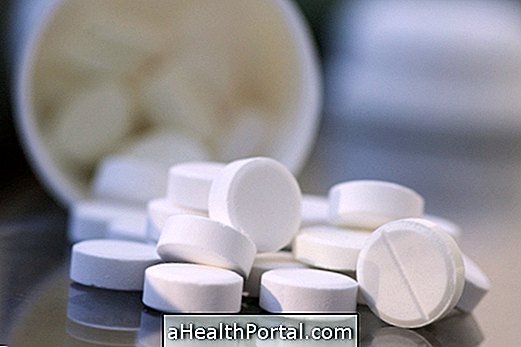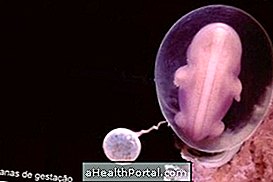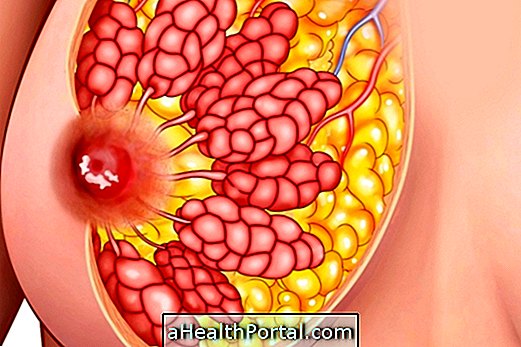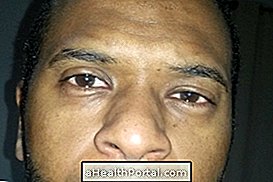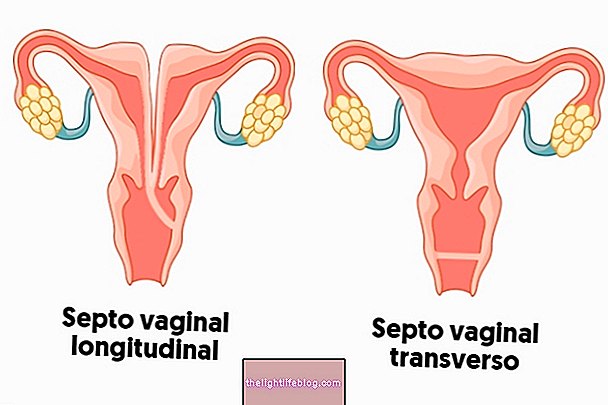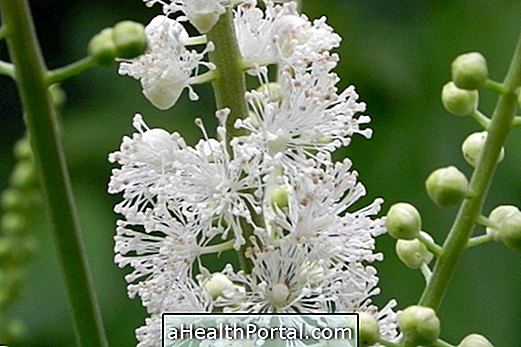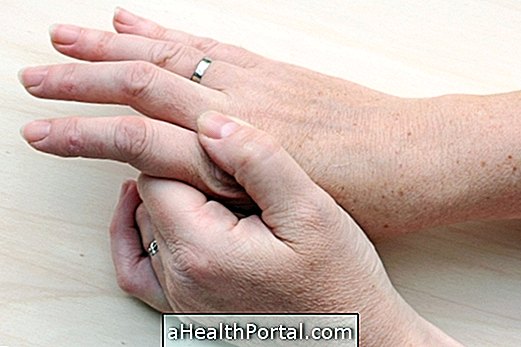The appearance of a blister on the gums is usually indicative of infection, and it is important to go to the dentist to identify the cause and initiate appropriate treatment, which corresponds to the improvement of oral hygiene habits, in addition to the use of antibiotics in some cases.
Generally, the presence of a blister on the gums does not cause any other symptoms, however bleeding in the gums, swelling, fever, difficulty in opening the mouth and pain, for example, may be indicative of more serious situations, such as cancer of the mouth, for example, it is important to go to the dentist as soon as the first symptoms appear.

1. Mucocele
Despite being more frequent on the lips, the mucocele can also appear on the gums, and is usually associated with successive strokes in the mouth, which leads to the appearance of a bubble containing saliva inside.
What to do: Usually the mucocele disappears on its own without treatment. However, when it causes discomfort or when it lasts more than 2 weeks, it can be recommended by the dentist to remove it, which corresponds to a simple procedure performed in the dentist's office. Understand how the Mucocele treatment is done.
2. Infection
Infection in the mouth can also lead to the appearance of blisters on the gums, usually being an attempt by the body to eliminate the cause of the infection. This infection is usually the result of the accumulation of rest of food between the teeth and lack of proper hygiene of the mouth, which causes bacteria present in the mouth to proliferate, which can result in caries or the formation of bacterial plaques, called tartar.
What to do: In these cases, the most effective way to prevent the appearance of blisters due to infections that are the result of the accumulation of rest of food in the mouth, for example, is the correct brushing of the teeth. It is recommended that teeth and tongue are brushed at least 3 times a day and floss is used to remove the rest of the food that could be between the teeth and the use of mouthwash. Here's how to brush your teeth properly.
3. Canker sores
Canker sores can appear in any part of the mouth, including the gums, causing pain and discomfort to speak and chew, for example, and can arise due to low immunity, use of dental appliances or very acidic foods, for example. Know other causes of thrush.
What to do: To relieve the pain and discomfort caused by the presence of cold sore on the gums, you can rinse with water and salt, for example, as it helps in healing and reduces the risk of infection. However, if the canker sores do not disappear after a few weeks or other symptoms appear it is important to go to the dentist, as it can be indicative of other situations, such as Crohn's disease and Sjögren's syndrome, for example.
4. Dental fistula
The dental fistula corresponds to the body's attempt to eliminate an infection, which results in the formation of blisters with pus inside the mouth or on the gums and which should not be burst. Learn how to identify Dental Fistula.
What to do: The best thing to do in the case of a dental fistula is to go to the dentist so that it is evaluated and the best treatment to prevent infections is indicated, with mouth cleaning usually being performed to eliminate the possible cause of the fistula and, in some cases. In some cases, the use of antibiotics may be indicated. In addition, it is important that mouth hygiene is done correctly, using dental floss and mouthwash.
Was this information helpful?
Yes No
Your opinion is important! Write here how we can improve our text:
Any questions? Click here to be answered.
Email in which you want to receive a reply:
Check the confirmation email we sent you.
Your name:
Reason for visit:
--- Choose your reason --- DiseaseLive betterHelp another personGain knowledge
Are you a health professional?
NoMedicalPharmaceuticalsNurseNutritionistBiomedicalPhysiotherapistBeauticianOther
